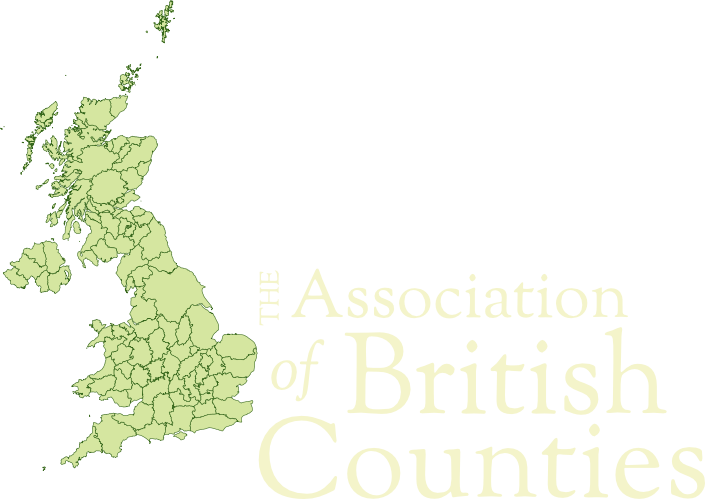Dumbartonshire is a small county split into two parts. The main part lies north and west of Glasgow, along the north shore of the Firth of Clyde and stretching northward between Loch Long and Loch Lomond, following north up almost the whole length of the twain lochs. The detached part of Dumbartonshire is to the east, containing Cumbernauld and Kirkintilloch.
Dumbartonshire towns cling to the north bank of the Clyde, above which rise mountains.
The Rock of Dumbarton is a guards the entrance to the Clyde, rising sheer above the town of Dumbarton on the Firth. This was the seat of the old Kingdom of Strathclyde, the northernmost Welsh kingdom of the Dark Ages. Strathclyde lasted many centuries before it fell under Scottish influence and was eventually conquered by the English and ceded to the King of Scots in the late tenth century.
In contrast is the modern town of Clydebank. Clydebank is an engineering and shipbuilding town, now grown with its own suburbs and joined into the Glasgow conurbation. Cumbernauld in the east is a New Town, thoroughly modern, but with traces of the late Roman Antonine Wall running to the north of it. In this eastern part of Dumbartonshire the land is level and lush, where it has not been built on. It forms a part of the Clyde-Forth Belt almost joining Glasgow to Edinburgh.
County Facts
County Town: Dumbarton
Main Towns: Cardross, Cyldebank, Cumbernauld, Dumbarton, Helensburgh, Kirkintilloch, Alexandria.
Main Rivers: Cylde, Leven.
Highlights: Antonine Wall; Dumbarton Castle; Glen Douglas; Loch Lomond; West Highland Way.
Highest Point: Ben Vorlich, 3,092 feet.
Area: 241 sq miles
County Flower: Lesser Water-plantain


